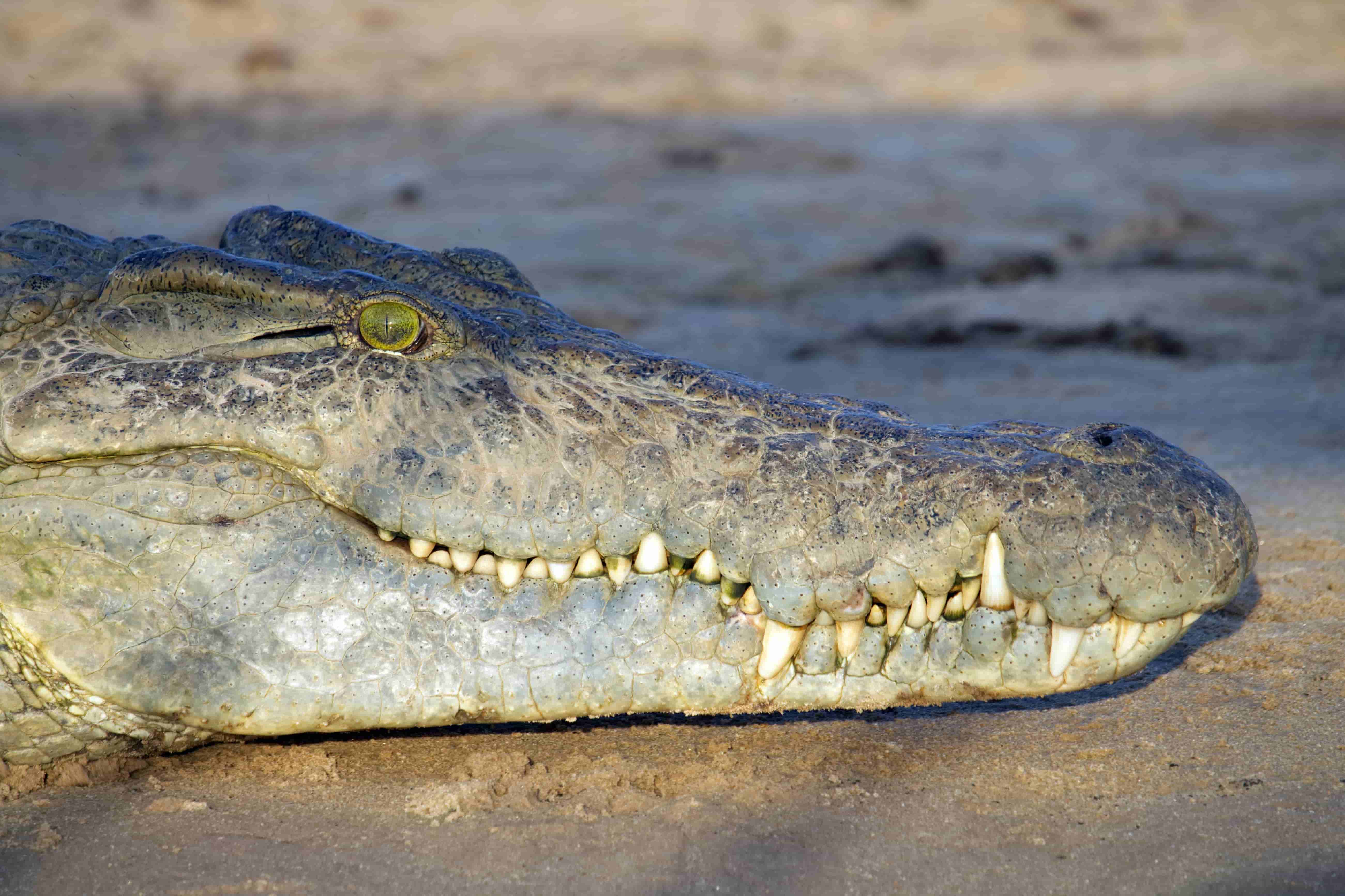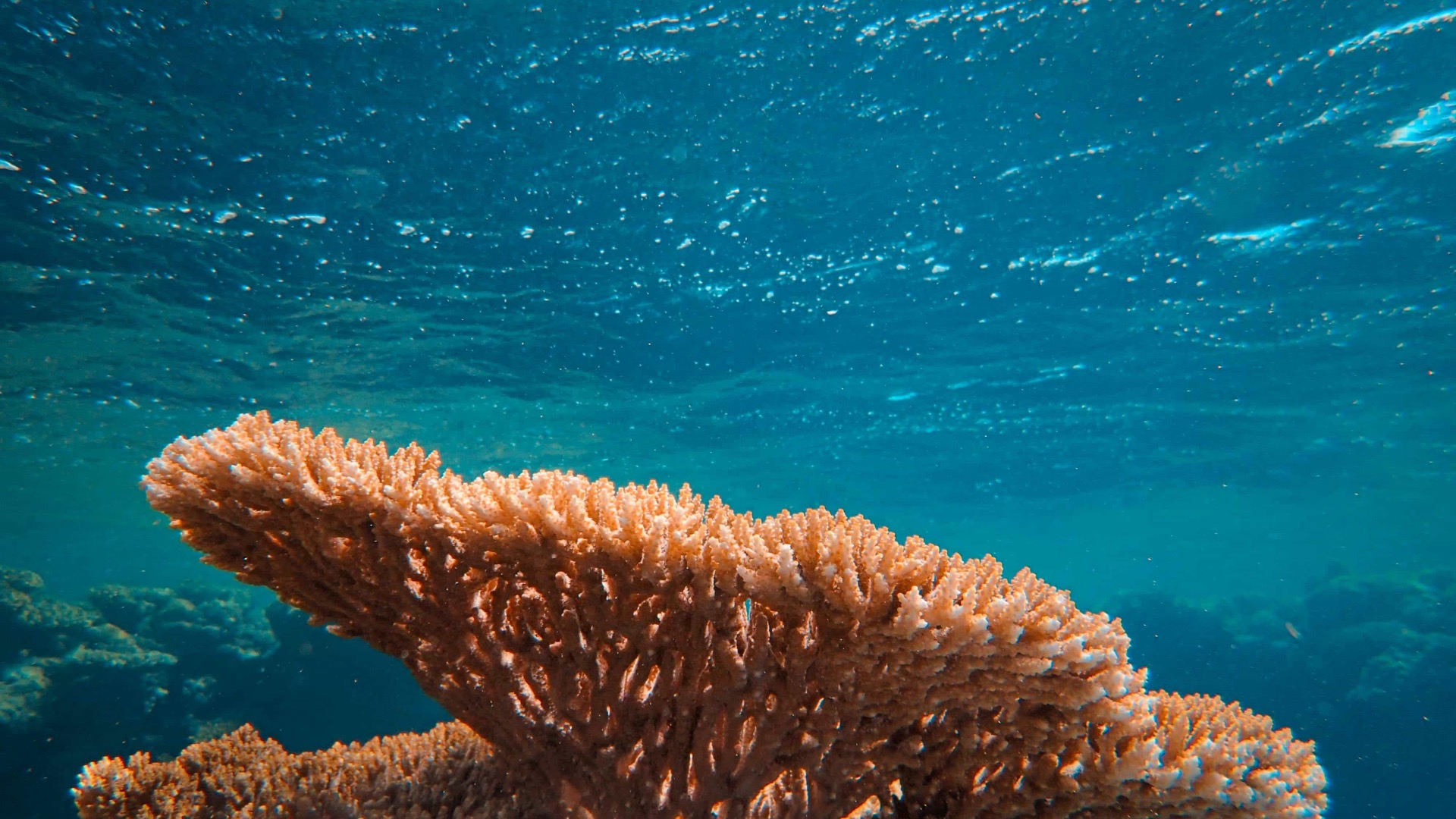The intricate polygonal patterns on a crocodile’s head scales are more than just a striking feature - they’re a window into the mechanics of natural design. A groundbreaking study has revealed that these patterns are not genetically pre-programmed but emerge through a fascinating mechanical process involving the skin’s growth and stress. The research offers a glimpse into how nature achieves complex designs and even provides clues about evolution across crocodilian species.
The Science of Scale Formation
Crocodile head scales differ from the scales on the rest of their body. While body scales are shaped by genetic and chemical signaling, head scales arise from a purely mechanical process. As the skin grows, it experiences compressive stress, which causes it to fold and form patterns similar to material cracking under pressure.
Researchers observed this process in Nile crocodiles, tracking the development of their head scales from smooth skin to the familiar polygonal shapes. They found that the patterning starts between embryonic days 48 and 63, with folds emerging and interconnecting across the face and jaws. By the time the crocodiles hatch, the scales are fully formed, irregular, and uniquely shaped.
Unveiling the Mechanics
The study combined biological experiments and computer simulations to uncover the mechanics at work. Using advanced imaging techniques, scientists measured the geometry and material properties of crocodile skin during scale formation. They found that the process depends on differences in stiffness between the two main layers of skin: the dermis and the epidermis. These layers grow at similar rates, but their differing stiffnesses create the compressive forces needed for the scales to form.
To test their theories, the researchers injected crocodile embryos with epidermal growth factor (EGF), a protein that increases skin growth. The treated crocodiles developed even more intricate folding patterns, confirming that compressive stress, not tensile forces or chemical reactions, drives the process.
A Universal Patterning Mechanism
Interestingly, the study’s findings are not limited to crocodiles. Similar mechanical principles have been observed in the formation of human brain folds, gut villi, and even the wrinkling of mucosal surfaces. This suggests that nature often relies on simple mechanical rules to create complex structures across a wide range of species.
The research also highlights the role of collagen, a protein that provides structure to the dermis. The organization of collagen fibers varies across the crocodile’s face and jaws, influencing the size and orientation of the scales. For instance, larger and more elongated scales form where collagen fibers are more organized, while smaller, irregular scales appear in areas with less structured collagen.
Evolution Through Simplicity
The diversity of head-scale patterns among crocodilian species, such as alligators and caimans, may result from small evolutionary changes in the mechanical properties of their skin. By tweaking the stiffness or growth rates of the dermis and epidermis, nature can produce a wide range of scale designs. This simple mechanism highlights how evolution leverages basic physical principles to create biodiversity.
Beyond Crocodiles: Applications of the Research
Understanding the mechanics of scale formation has implications beyond biology. It could inspire the design of new materials and technologies that mimic natural patterns, such as advanced fabrics or self-organizing surfaces. Additionally, studying how nature creates such intricate designs with minimal resources can inform sustainable practices in engineering and architecture.
A New Perspective on Natural Beauty
This study challenges the assumption that all biological patterns are the result of complex genetic coding. Instead, it shows that mechanical forces, like stress and folding, can produce stunning designs. By exploring the intersection of biology, physics, and engineering, researchers are uncovering the hidden rules that govern the natural world - one scale at a time.


